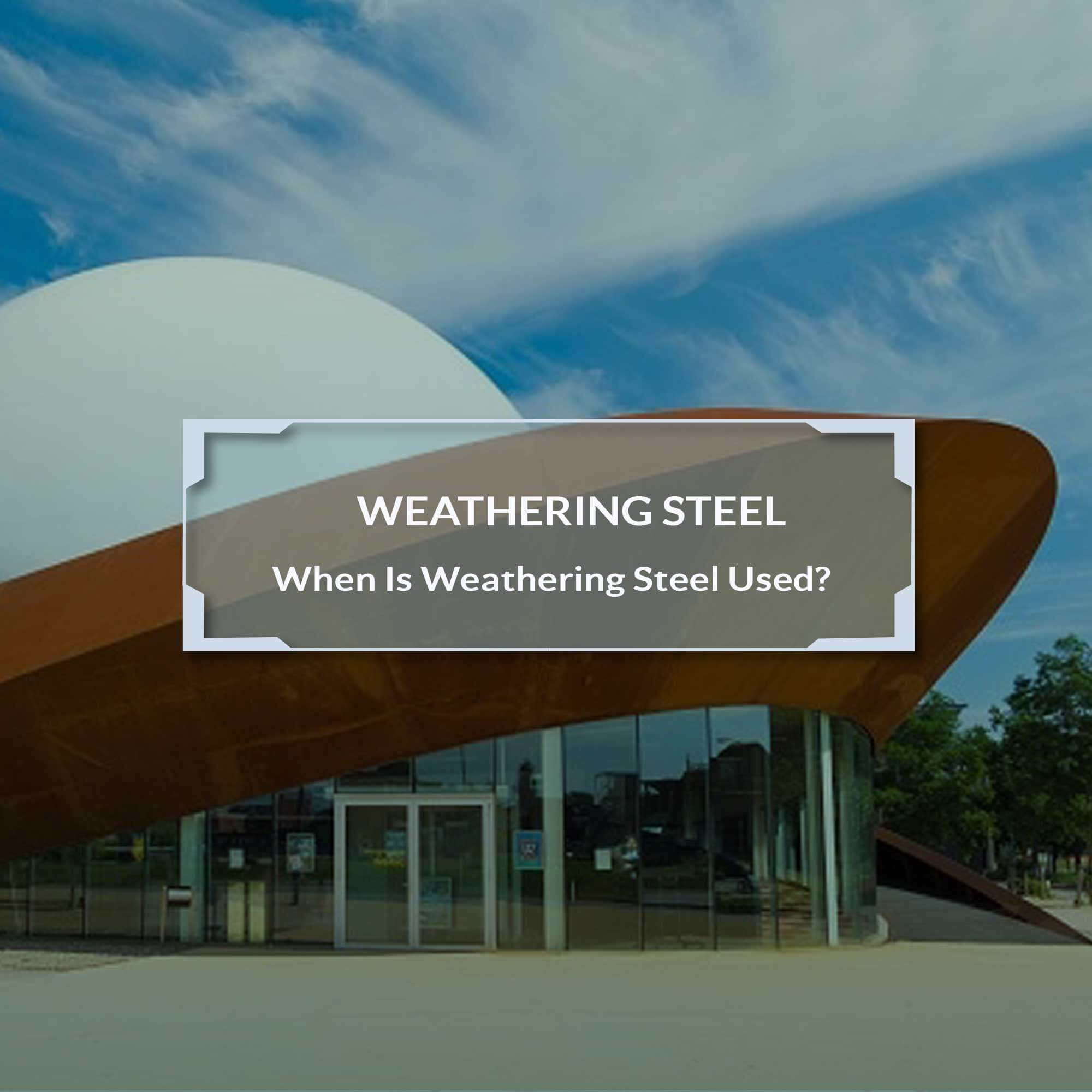What is it?
Weathering steel is a family of low carbon steels that have additional alloying elements mixed in with the carbon and iron atoms. An alloy is a metal formed by two or more metallic elements, which in this case, is used to enhance the strength and durability of steel. By mixing these alloying elements, steel is given better strength and more corrosion resistance. Weathering steel is commonly used in outdoor applications or environments where normal steel would be more likely to rust.
Weathering steel is a low-carbon steel, which typically has less than 0.3% carbon by weight. The low presence of carbon allows it to remain ductile and tough. There are other alloying elements in weathering steel, but the three key elements are: nickel, copper, and chromium.
How Does It Work?
Weathering steel is not like other corrosion resistant steels that resist rust formation. Weathering steel does rust, but it will only rust on the outer surface. This means that the rust does not penetrate deeper into weathering steel once the outer layer of rust has formed. This surface layer of rust acts as a barrier and actually protects the steel from further corrosion. Contrastingly, in plain carbon steel, the rust layer that forms is porous and will break off. This breaking off allows another layer to form deeper into the steel. This cycle will typically repeat until the steel is rendered useless.
However, in weathering steel, the alloying elements cause the initial rust layer to adhere better to the steel. This prevents the rust from penetrating deeper and weakening the steel. Hence, this protective rust layer eliminates the need to coat weathering steel.
When Is Weathering Steel Used?
Since weathering steel can outlast plain carbon steel in outdoor conditions, it’s frequently used for exposed steel structures. This eliminates the need for constant repainting and recoating of steel. Examples of this include building and bridge construction. The protective rust coating slows the corrosion rate considerably. In fact, by the time the corrosion would be considered unsafe, the structure would have already exceeded its design life for other reasons.
It is also important to note that there do exist environments where weathering steel should not be used because the corrosion resistance is not capable of withstanding the conditions. Weathering steel should not be used in environments with high amounts of chlorine, since the protective rust layer will not be able to withstand the high amounts of corrosives. By exposing weathering steel to these conditions, this could introduce premature failure.
Are you interested in learning whether weathering steel is right for your project? Contact Sabio Engineering Services. Our structural engineers are trained in assessing projects for weathering steel.
Contact us at (929) 381-0030 or visit our website.


